Features to consider while choosing a clarinet
 There are a couple of features you have to consider when getting your first clarinet. When purchasing your clarinet, there are only so many tests you can do in the store. Your love or dislike for the instrument is only after you get a good idea of how to play and care for it.
There are a couple of features you have to consider when getting your first clarinet. When purchasing your clarinet, there are only so many tests you can do in the store. Your love or dislike for the instrument is only after you get a good idea of how to play and care for it.
So, without further ado, here are the features you have to keep in mind when scrolling through the music store.
Sound Quality
There are many tiny features that can help you create a better sound in your clarinet, and some of them you have control over when buying your instrument.
- Your reed choice makes a huge difference in the performance of your clarinet. Beginners have 2-2 ½ inches, but then, later on, move up to reeds that are 3-3 ½ inches. Soak your reeds in lukewarm water for five minutes before you play. Do this to all of the reeds inside of a box one or two times. Eventually, you’ll find a reed that provides a more than adequate sound, and then this is your music partner.
- The clarinet itself makes the difference, of course. A plastic clarinet is great for practice and is cheaper, but a wooden clarinet has a richer sound and makes playing worthwhile.
- The best way to get a better sound is through practicing. The more you practice, the better you get, and the better the sound gets.
Number of Keys
Some clarinets will have a different number of keys, depending on the type that you play.
The most commonly used system, as well as the most recommended for beginners, is the Boehm system. This system has either 17, 18, or 19 keys and 6 rings. All our featured models come with 17 keys each.
Clarinet keys are generally very complicated, but their basis is this; they cover and open holes to let air through. Once the air goes through the right path, (tuned in by you pressing down on keys) it’ll make the desired sound you want/need.
Key system
There are multiple key systems which are seen on different clarinet models. These key systems have been developed over the years and have a tendency to expand and involve more keys to make new and complex notes.
There is the Albert system, the oldest system, and the Boehm system. These two systems are the best-known model systems since they are used so often and are very popular. The Boehm has a different number of keys, depending on what model you’re purchasing and from whom.
Body
Plastic clarinets are constructed in a way to harmonize sturdiness and musical talent perfectly. Plastic models are only used for students and intermediate leveled players, who practice more than they play. Plastic models weigh less than wooden models and are better suited for outdoor performances and events as they are more weather-resistant.
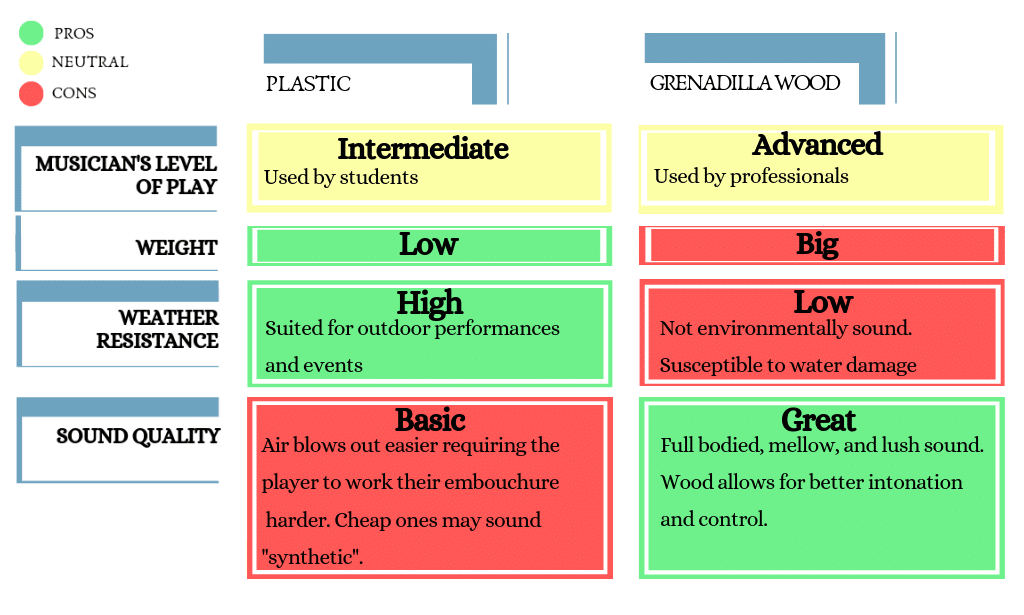
Plastic Clarinet vs Grenadilla (African Blackwood) Clarinet Comparison
Grenadilla, or African Blackwood, is the ideal wood for clarinet construction. Professionals and more advanced students prefer this material since there is no sound quite like that of a wooden wind instrument. The one potential downside to these instruments is that they are not as environmentally sound as their plastic counterparts and tend to cost more. Also, you will need to take more care of these models as wood is susceptible to water damage.
The Yamaha YCL450 Clarinet and the Buffet Crampon R13 Professional Bb Clarinet are both superior instruments given their grenadilla construction.
Since there is a high tax to pay, taking care of a pure grenadilla clarinet, there is a subsection of clarinets that are 95% grenadilla and 5% carbon fiber to withstand temperature and humidity better.
Plating
The plating of your clarinet can either be nickel or silver. A nickel plate will be a durable one, and it doesn’t look that bad. The Yinfente Eb Clarinet, the Glory Bb Clarinet, the Eastar Bb Clarinet, the Aileen Lexington Bb Clarinet and the Buffet Crampon R13 Professional Bb Clarinet are all excellent choices for nickel-plated instruments that are easy to maintain.
Silver plates require more maintenance. They are prettier and have a more appealing visage, but they tarnish easily. They also feel nice while you are playing your instrument. If you are willing to pay for the extra money and maintenance, then you can go for the silver-plated keys. The Yamaha YCL450 Clarinet and the Buffet Crampon R13 Professional Bb Clarinet both feature nickel/silver plating adding to aesthetic appeal.
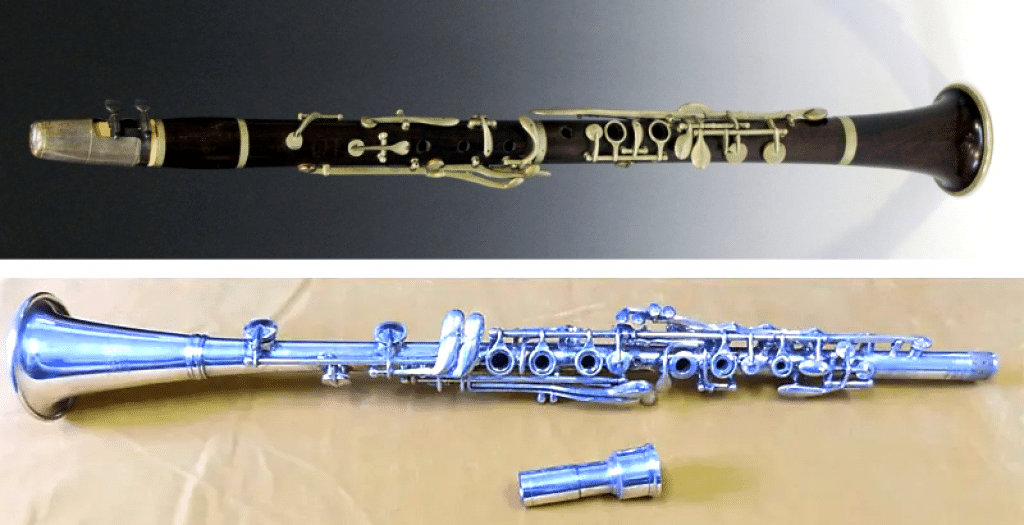
Price
Naturally, the price is going to differ from one clarinet to the other. The beginner clarinets are going to be much cheaper than professional clarinets.
Plastic is cheaper than wood, and nickel is cheaper than silver, and smaller is cheaper than bigger.
Plastic models can come around $100 while wood models come for $3,000 to even $4,000.
Warranty
Your warranty is the best part of your purchase. How come? It ensures you can always go back to find the right clarinet for you. Whether there’s a flaw in the clarinet itself or it just doesn’t work for you, most clarinets come with a free return policy. The policy lasts for, most commonly, 30 days. The models we have featured here including the Yinfente Eb Clarinet, the Glory Bb Clarinet, the Aileen Lexington Bb Clarinet, and the Eastar Bb Clarinet all come with the basic 30-day money back guarantee.
Warranties also cover defects and accidents within a certain period of time. Some warranties can be one year, while others stretch for over 3 years and more. The Hisonic Signature Series 2610 Bb Orchestra Clarinet offers a year’s warranty while the Buffet Crampon R13 Professional Bb Clarinet backs up their product for two years. The Yamaha YCL450 Clarinet, however, offers the longest warranty for an impressive 5 years.
Maintenance Tips
To keep your clarinet in peak condition, you have to maintain it. This ensures your clarinet still sounds great after years of practice and use.
Firstly, it’s best to purchase a proper clarinet care kit. This way, you have all you need to care for your clarinet without the chance of your cleaning materials ruining it.
The first part of the clarinet to clean is the mouthpiece, with a mouthpiece brush and some warm water. Next up would be the keys of your clarinet, since these are the most contacted parts of the clarinet. it’ s better not to let any water or liquid cleaner touch the keys since it can ruin the padding. Instead, use a polish cloth to clean the keys.
To clean in between the keys, use a small brush and perhaps a damp cloth. To oil your keys, dip a toothpick in oil and trace the pivoting points of the keys with this. Depending on the condition of your swab, you can either wash it or replace it with a new one.
For a clarinet made from wood, it’s better to coat it with bore oil so the wood doesn’t crack and chip from the inside. Just dampen a cloth with oil and lightly run it through the interior of the clarinet. Make sure you don’t rub over the pads, otherwise they will get ruined.










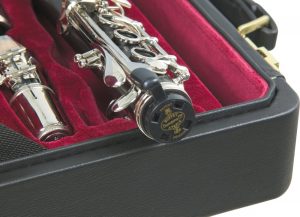
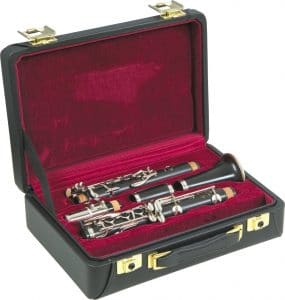
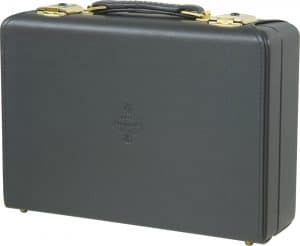



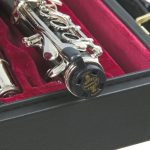
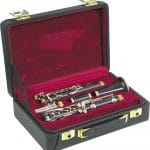
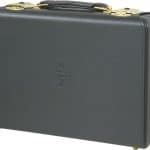
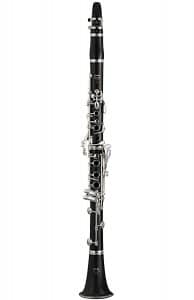

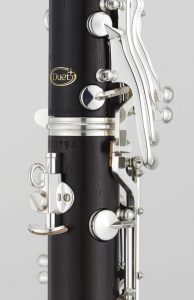
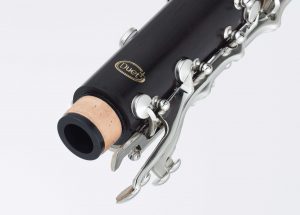

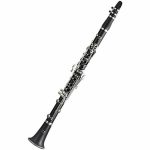
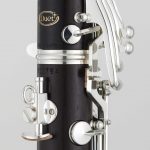
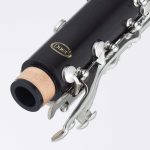

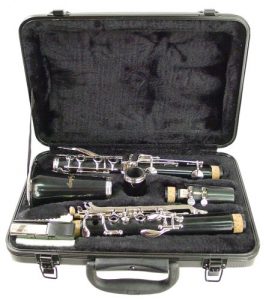
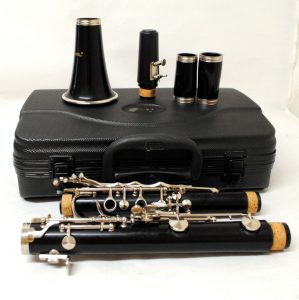
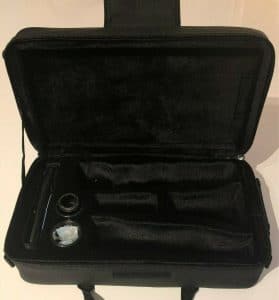
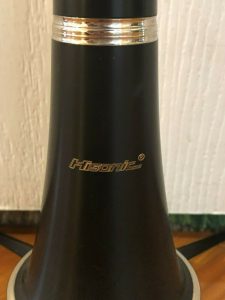
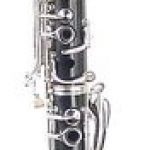

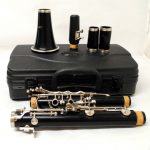

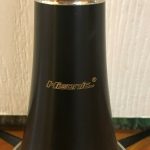


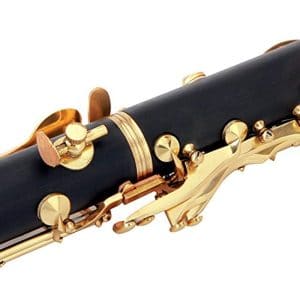
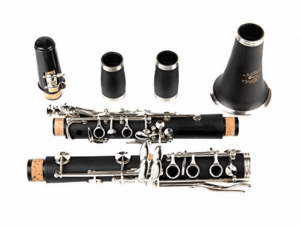
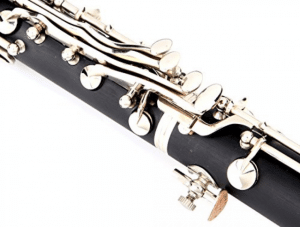
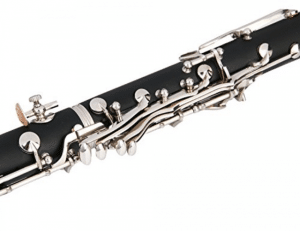

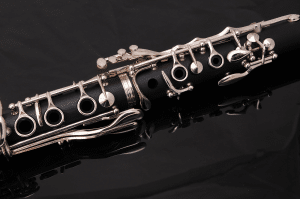

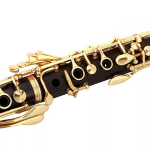
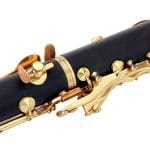


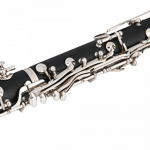
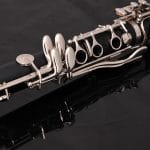

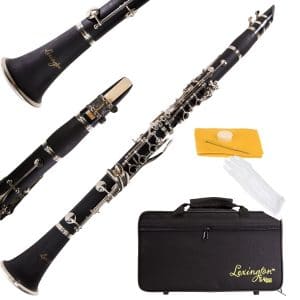
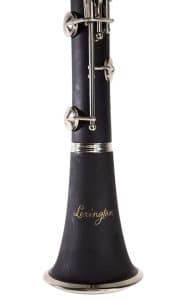
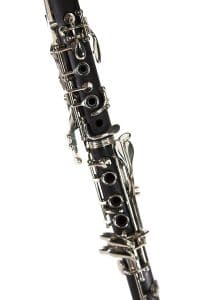

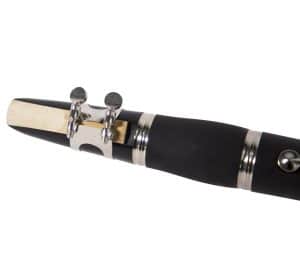
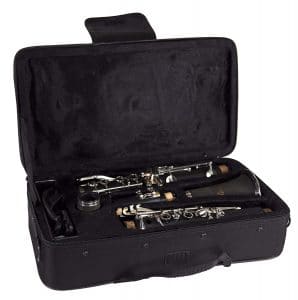

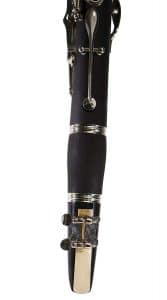
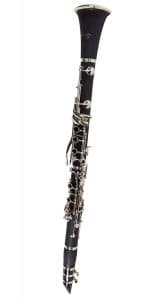
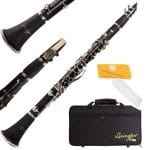
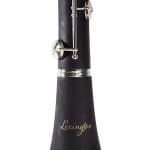
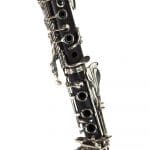

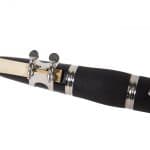
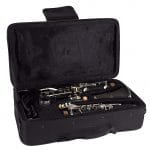
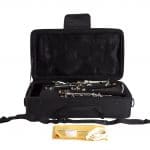

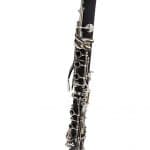
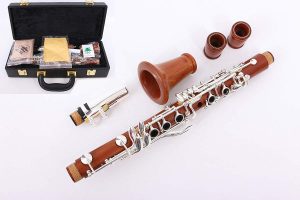
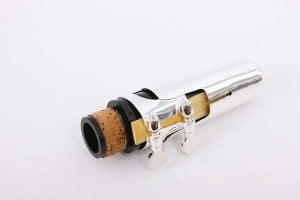
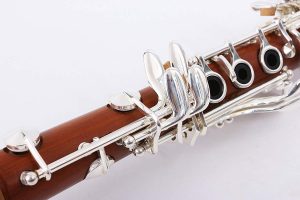
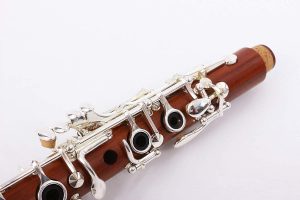
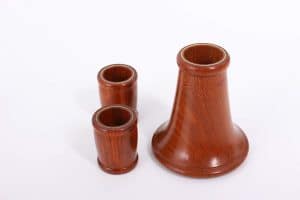
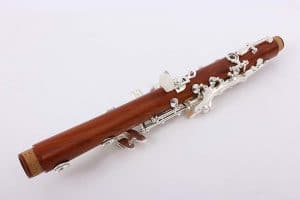
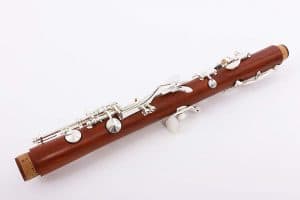
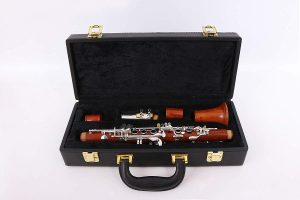
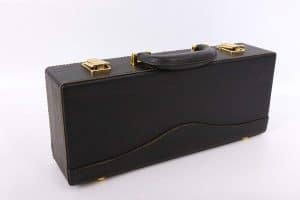

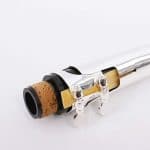
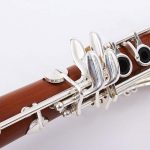
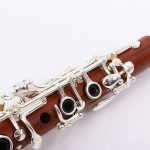
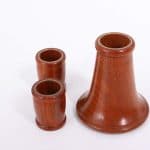
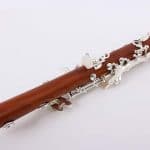
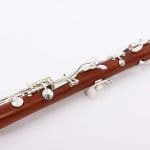
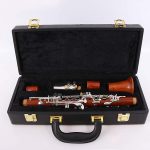
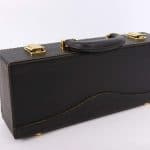
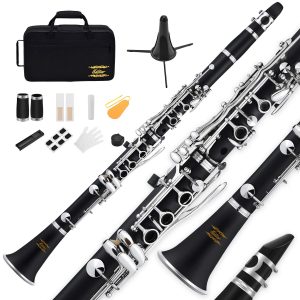
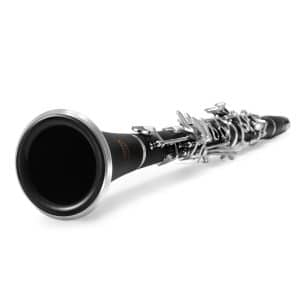
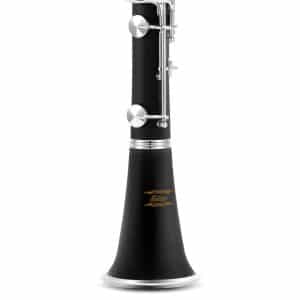

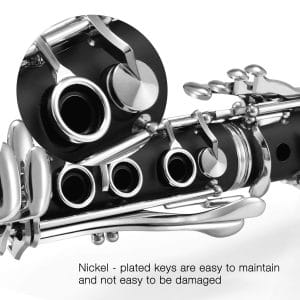
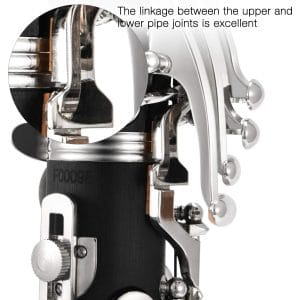

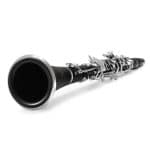
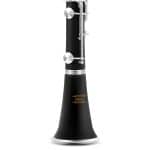
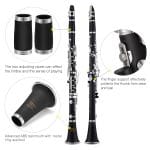
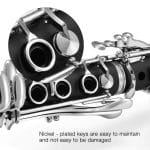
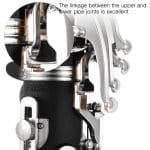
 There are a couple of features you have to consider when getting your first clarinet. When purchasing your clarinet, there are only so many tests you can do in the store. Your love or dislike for the instrument is only after you get a good idea of how to play and care for it.
There are a couple of features you have to consider when getting your first clarinet. When purchasing your clarinet, there are only so many tests you can do in the store. Your love or dislike for the instrument is only after you get a good idea of how to play and care for it.







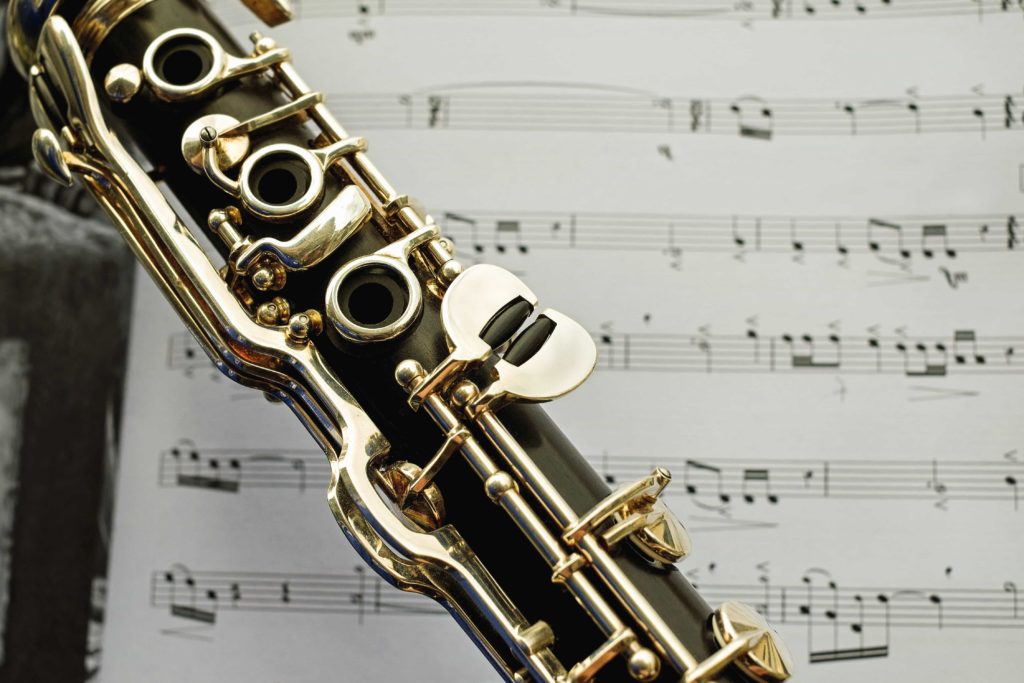
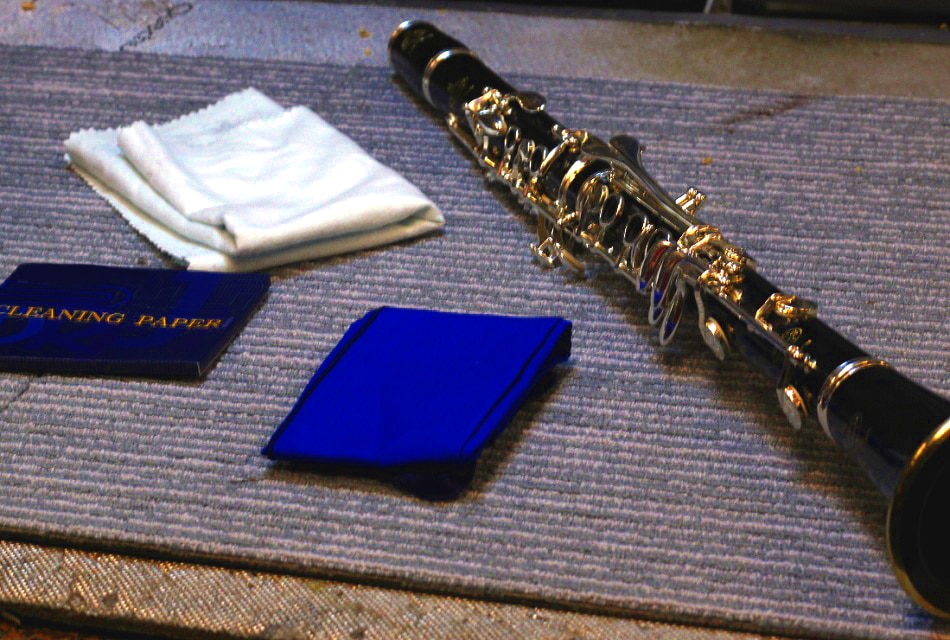
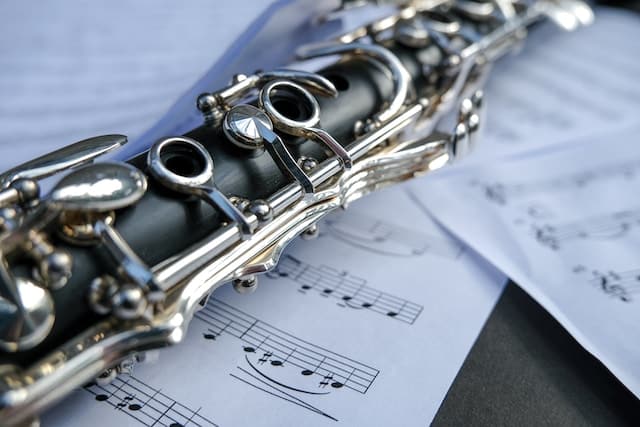

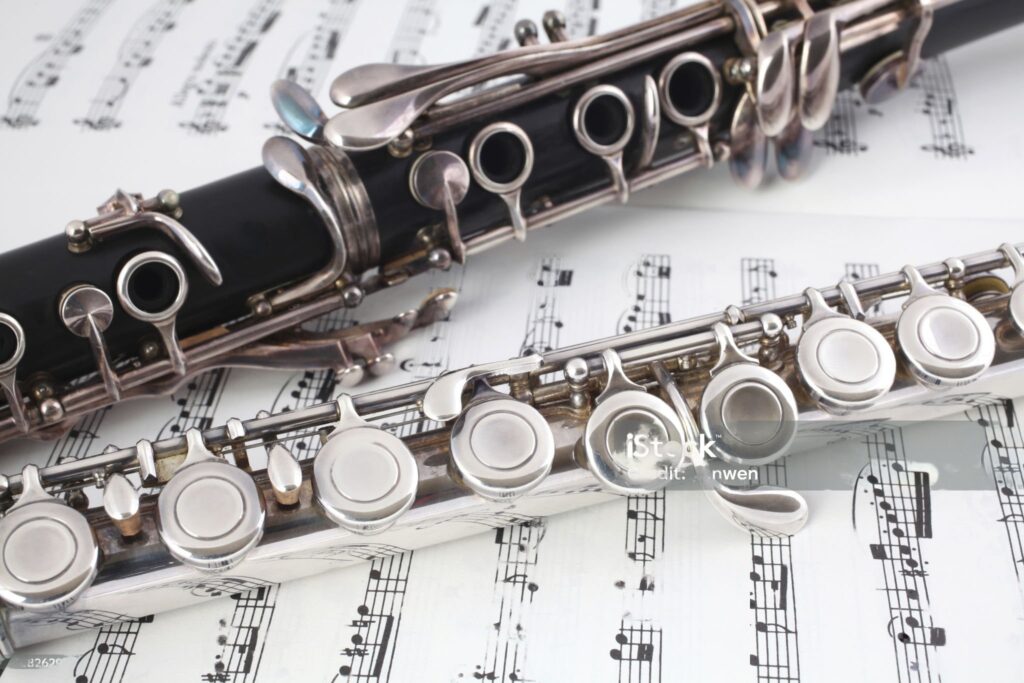
Who ever writes these reviews obviously has no knowledge of clarinets.
Thank you for your feedback. We appreciate your input and understand that you have concerns about the accuracy of the reviews. We strive to provide comprehensive and well-informed content for our readers.
If you have any specific suggestions or information about clarinets that you would like to share, we would be more than happy to consider it. Your expertise and insights are valuable to us and our community.
Please feel free to reach out to us with any further questions or comments. We are here to assist you.